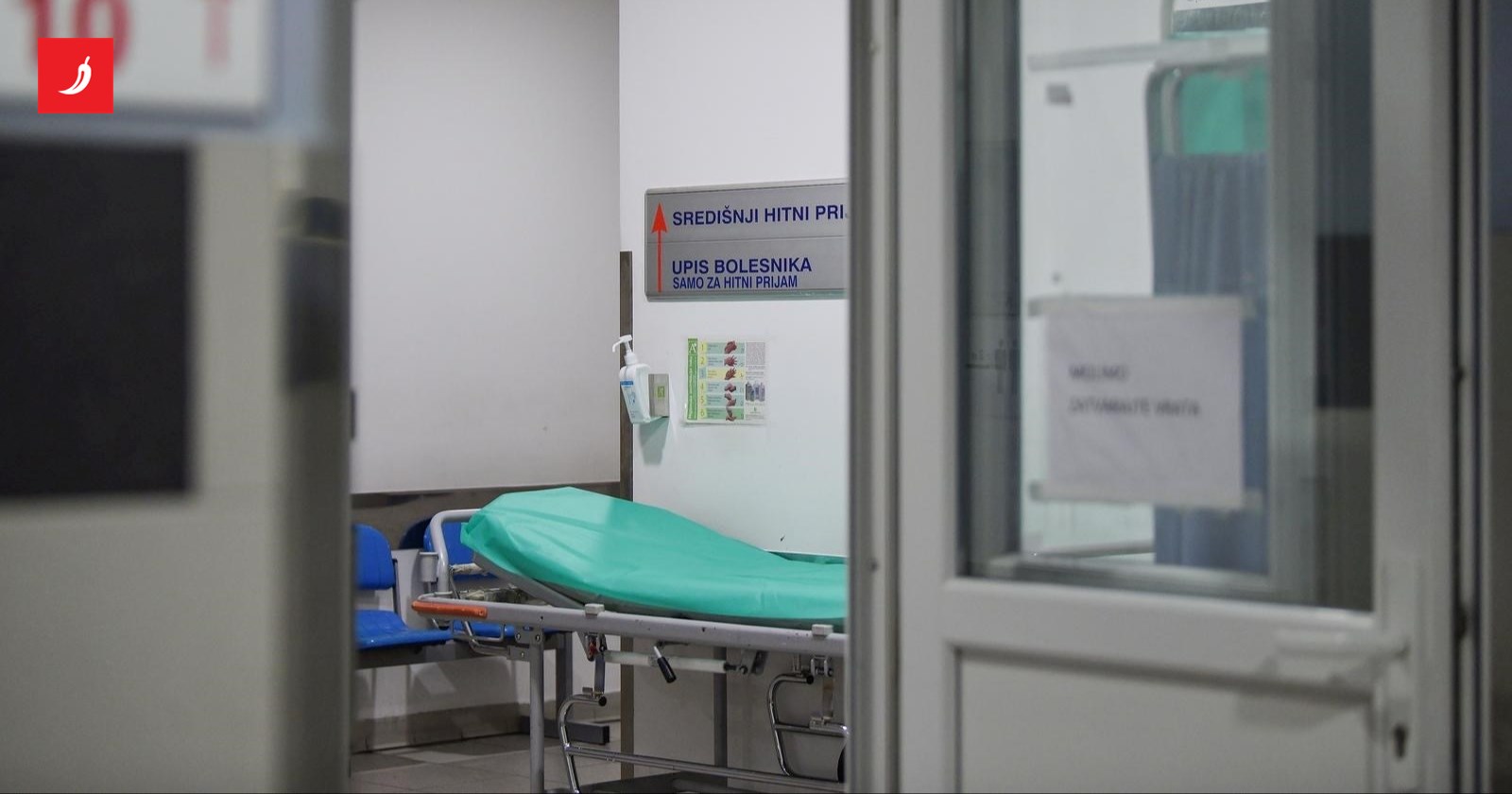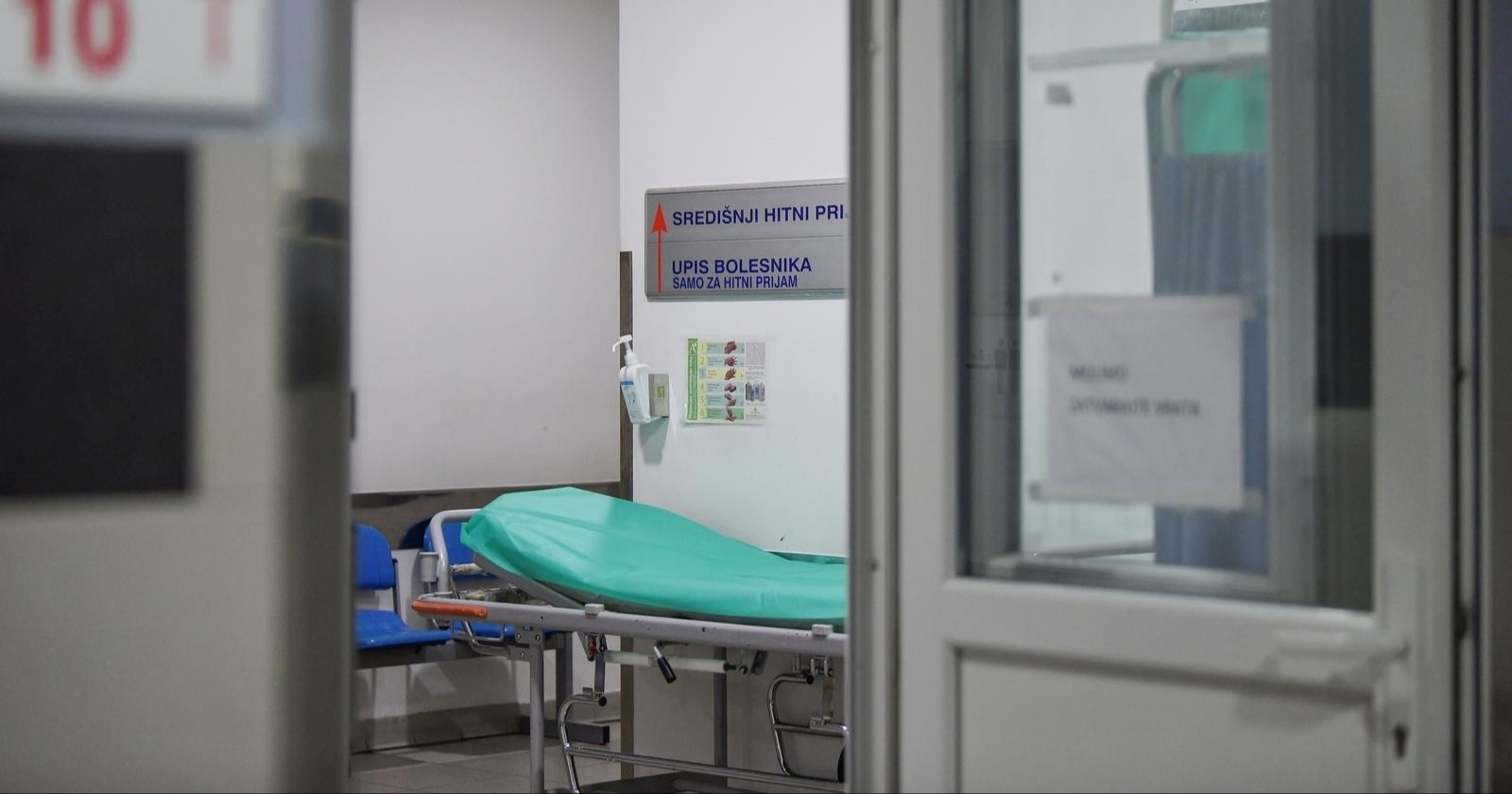New Hospital Payment Model: Disaster or Necessity?
Imagine suddenly having your salary cut, and only finding out after the money fails to arrive in your account. That’s exactly what’s happening to hospitals in Croatia! Starting July 1st, the Croatian Health Insurance Fund (HZZO) introduced a new payment model that reduces the advance payment from 100% to 90%, with the remaining 10% paid only after services are rendered. Sounds minor? It’s not! Hospitals are already on the brink of bankruptcy, and this move pushes them deeper into financial crisis.
What’s going on exactly?
Previously, hospitals received all contracted funds upfront, allowing them to plan and cover expenses. Now, HZZO pays only 90% of the contracted amount in advance, with the rest paid after services are performed. The problem? Hospitals are already losing 42 million euros monthly, and this model further strains their liquidity. Dražen Jurković, director of the Association of Employers in Healthcare (UPUZ), warns that if this continues, regular salary payments to employees will be jeopardized.
Legally questionable and without consultation
Jurković claims the HZZO decision is legally questionable as it changes existing contracts without prior analysis or consultation with hospitals. Hospitals were not prepared for the payment cuts, which were first reduced and only later officially announced. The association calls for a return to a mixed payment model, where 90% of funds are paid upfront and 10% variably, but only if realistic and sustainable conditions for service delivery are ensured.
Why did this happen?
HZZO says it wants to encourage hospitals to manage funds more responsibly, improve work organization, and increase productivity. Also, from July 1st, the maximum monthly basic amount of funds for hospitals was increased by 2%. But is that enough to cover the financial gap caused by reduced advance payments?
Financial chaos in hospitals
UPUZ data shows hospitals currently generate an additional 42 million euros of new debt every month. In just the first five months of this year, losses amounted to millions of euros. Most hospitals cannot meet the required volume of services due to low prices of medical procedures and monthly limits. This new payment model only worsens their situation.
What’s next?
UPUZ plans a meeting with the Minister of Health to discuss the issue. They demand a permanent change in communication between HZZO and healthcare institutions, as it is unacceptable for HZZO to unilaterally impose decisions directly affecting hospital operations without prior analysis and consultation.
Conclusion
The new hospital payment model in Croatia has sparked a storm of dissatisfaction. While HZZO claims to seek greater responsibility and better organization, hospitals are fighting for survival and timely salary payments. Is this model sustainable, or will it lead to the collapse of the healthcare system? One thing is clear — the situation is alarming and requires urgent attention.
What do you think? Is HZZO right, or are hospitals victims of bureaucratic decisions? Drop a comment and let the people’s voice be heard!







































